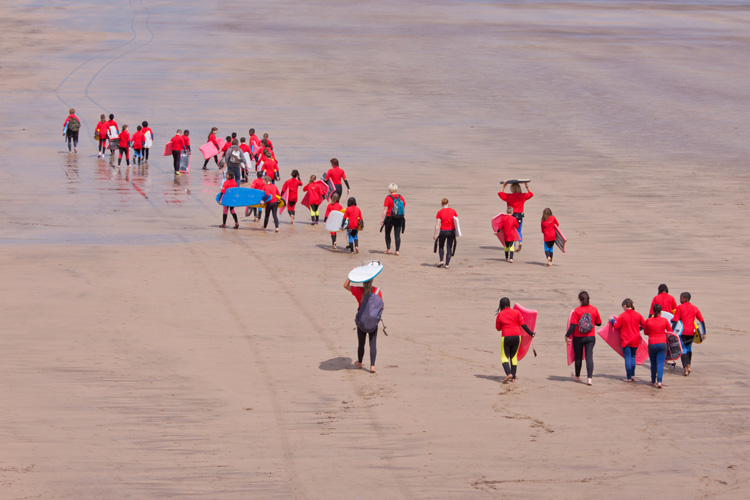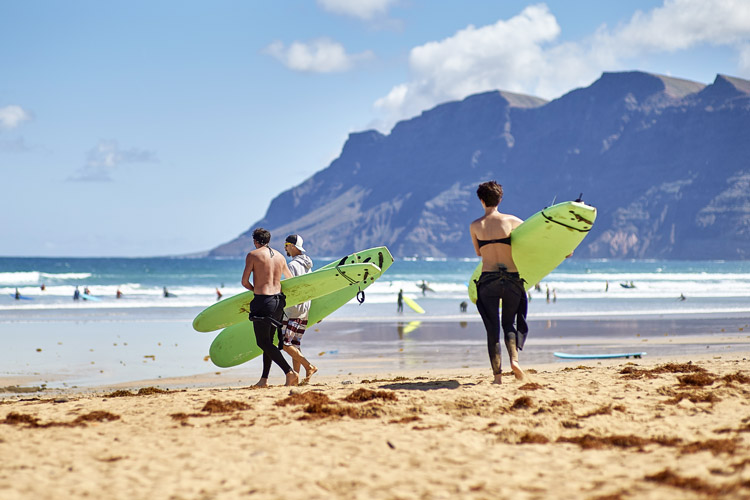If you're a surfer, a parent, or a regular beachgoer, you've probably witnessed a few unpleasant situations involving surf instructors and their pupils.
Some say teaching is an art; for others, it is a science. But you can't teach someone to surf if you're not a credible leader.
And when it comes to learning to ride a wave, surf schools have a tremendous responsibility.
Surf instructors are a fundamental part of the learning experience. For many novice surfers, private lessons are the best way to evolve quickly with a trusted professional.
An accredited surf instructor will teach a first-timer the basic surfing techniques (paddling, take-off, trimming, and turning), and they will also transmit the elementary rules of surf etiquette.
First of all, a beginner surfer should learn how to behave in the lineup and avoid dangerous situations when catching his/her first waves.
Surfboards are unpredictable weapons, especially when in the hands of inexperienced people.
However, not all surf instructors follow the guidelines defined by the International Surfing Association (ISA). And, like in many other human activities, common mistakes become solidified practices.
The rapid growth of the surf school industry opened the way to a few treacherous teaching methods that will only bring a bad reputation to surf instructors and surf coaches.

The Worst Mistakes
Take a look at the worst teaching mistakes surf instructors make:
- Yelling: A surf instructor should never yell at his pupils. A beginner surfer is learning things he/she doesn't know and should be respected. Let's not forget that he/she is a client and is paying for a service;
- Swearing: There's nothing more disrespectful and inappropriate than swearing while trying to teach others how to perform. And if a beginner is not able to stand up on a surfboard, there's definitely something wrong with the surf instructor;
- Catching Waves: Surf instructors are not paid to surf while sharing their knowledge with pupils, so they should keep their board on the sand and focus on sharing their message with their pupils;
- Teaching Beginners in the Big Surf: Wipeouts will scare first-timers and will even put their life at risk. If the conditions are tricky, surf lessons should be put on hold. The same applies to ultra-crowded lineups;
- Skipping Surf Etiquette: In surfing, rules were not made to be broken. If a beginner surfer drops in on another surfer, there will likely be problems. The same applies to discarding the surfboard when a bigger wave is about to break;
Are you an aspiring surf instructor? Do you want to share your knowledge and teach others how to surf?
Take a look at what you've got to do to become a fully licensed surf instructor.
Are you looking to book private surfing lessons? Learn how to choose the right surf school, and read the beginners' guide to surfing.
